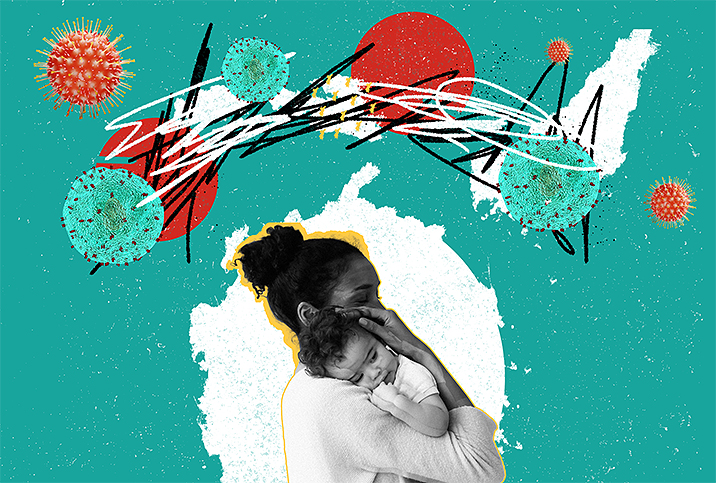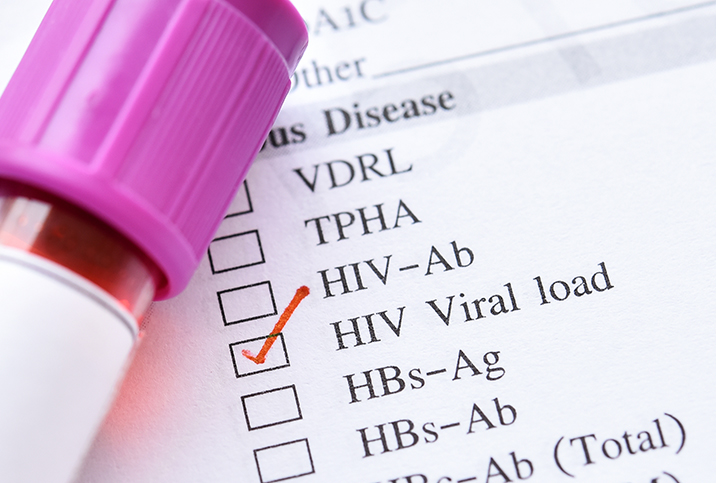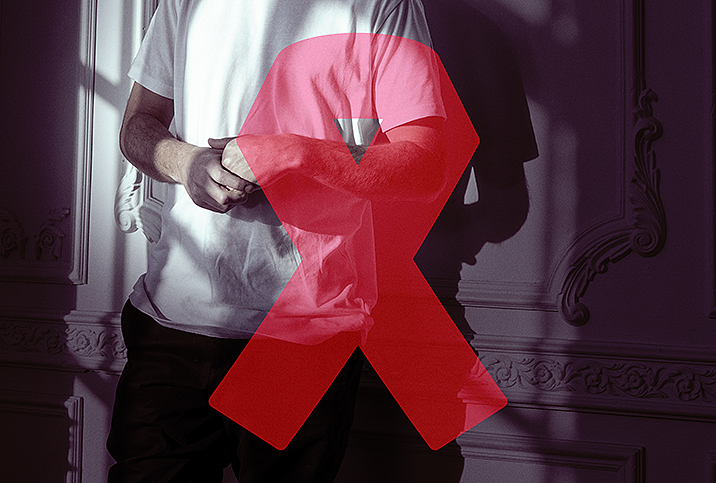The Right Plan Can Prevent Mother-to-Child Transmission of HIV/AIDS

About 90 percent of children infected with HIV/AIDS acquire it through mother-to-child transmission, which could happen at any point during pregnancy, delivery or while breastfeeding. Without treatment, a pregnant woman with HIV has a 15 to 45 percent risk of transmitting the virus to her child. In the U.S. and in Europe, mother-to-child transmission (MTCT) rates are less than 5 percent with appropriate treatment.
The understanding of effective treatment options is starting to become more widely known, according to Anthony Adams Dabban, M.D., a sexual and reproductive health advocate based in Nigeria.
"For many patients I have come in contact with, it is usually surprising when I counsel that HIV/AIDS should not stop them from having meaningful sexual relations and/or childbirth. The usual question that follows is: How is it possible?" Adams Dabban said.
Pregnant women can receive education on safety practices through prevention of mother-to-child transmission (PMTCT) programs, which are designed to help stop the spread of HIV among women of childbearing age, prevent unwanted pregnancies for those living with HIV and provide them with lifelong antiretroviral therapy that will maintain their health and prevent the transmission of the disease to their children.
Additional support provided by PMTCT programs includes teaching safe childbirth practices and appropriate infant feeding techniques, and providing infants exposed to HIV with virological testing after birth and while breastfeeding, as well as antiretroviral therapy if necessary.
"With a thorough counseling on the way PMTCT works, women usually become less nervous about the condition and are willing to go ahead. They are usually more convinced when a plan is drawn, which is an important part of the prevention of mother-to-child transmission of HIV/AIDS," Adams Dabban explained.
Approximately 65 percent of transmissions from mother to child occur during labor. Because of this, it is recommended that women with HIV undergo cesarean section at 38 weeks of gestation to decrease the risk of transmission.
For women with HIV/AIDS who want to get pregnant, it is important to discuss your options with your healthcare professional in order to determine the safest way to conceive and carry a healthy pregnancy to term. Discuss the method of delivery and safe obstetric practices, such as instituting a plan to avoid prolonged labor and premature rupture of membranes.
According to the American College of Obstetricians and Gynecologists (ACOG), approximately 65 percent of transmissions from mother to child occur during labor. Because of this, ACOG recommends women with HIV undergo cesarean section at 38 weeks of gestation (usually before onset of labor or membrane rupture) to decrease the risk of transmission. If vaginal delivery is used instead, every attempt should be made to diminish the exposure of the baby to the mother's blood. Immediately following delivery, it is important to thoroughly dry the newborn to reduce the risk of postpartum transmission.
A high maternal viral load and a reduction in the lymphocyte count of the mother increase the risk of mother-to-child transmission. The presence of coexisting STIs or infection of the fetal membranes also increases this risk, as well as certain events that may cause an exchange of blood between the mother and child, including intrapartum hemorrhage, fetal scalp monitoring, artificial rupture of membranes, episiotomy and other invasive delivery techniques. Malnutrition, vitamin A deficiency, low birth weight and premature birth have all been shown to increase the risk of transmission as well.
When breastfeeding, the presence of bleeding nipples, painful breasts or breast abscess increases the chance of transmitting HIV from a mother to her child. Good breast health and hygiene is important to lower the risk of infection, as is continuing antiretroviral therapy.
"A protocol of [the retroviral] nevirapine is usually set up with the mothers during the antenatal period and is initiated immediately after the baby is born. After the completion of this therapy, a retroviral test is done to know if the baby is positive or negative. Patients who adhere to the protocol usually find out that their babies are HIV negative, which encourages them to follow the PMTCT program in their subsequent pregnancies," Adams Dabban said.
In the prevention of mother-to-child transmission, care and support in all areas, including from family and friends and from obstetric and reproductive health services, helps decrease risk. Interventions, such as STI screening and immediate treatment, play a significant role, too.
Other important factors in reducing the risk of transmission are support groups for mothers, immunization and growth monitoring of the child. Lastly, starting the infant on co-trimoxazole prophylaxis treatment at 6 weeks of age and beginning HIV diagnostic testing between 6 and 8 weeks is strongly recommended.
"One thing is evident in my practice thus far: Ignorance about PMTCT affects the choices of infected women and the outcomes of their pregnancies. As such, there is a need to educate women on the need to follow through with the protocol of the prevention of mother-to-child transmission of HIV/AIDS in order to produce babies who are healthy and virus-free," Adams Dabban concluded.


















